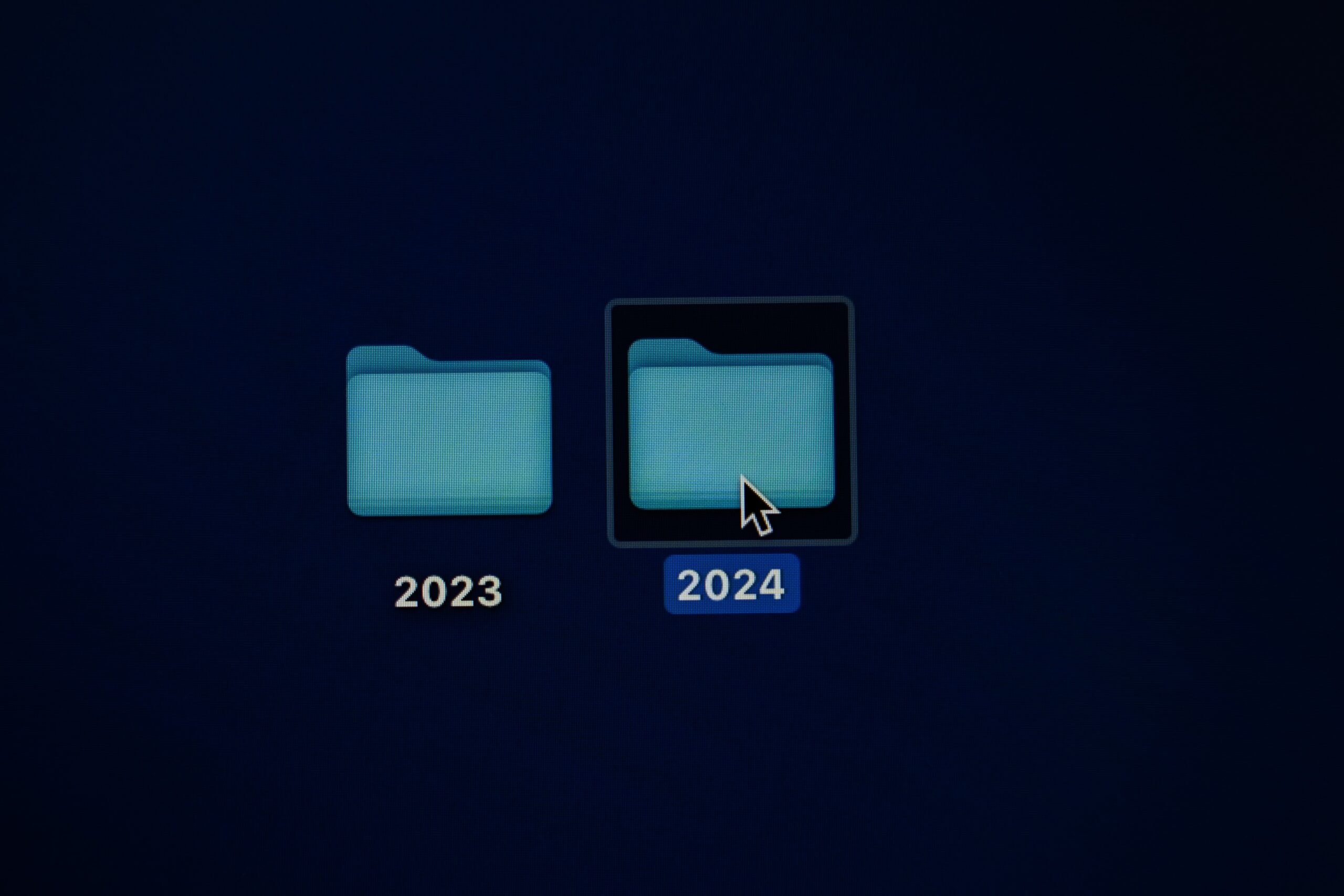The role of Digital Asset Management (DAM) in businesses cannot be overemphasized. DAM systems refers to an effective system for storing, organizing, retrieving and sharing digital content or assets, including images, videos, podcasts and more. As the digital landscape becomes increasingly cluttered, companies are finding it increasingly difficult to manage their digital assets. The extensive variety of formats, the large amounts of data and the need for efficient distribution channels are only the tip of the iceberg when it comes to challenges associated with digital asset management. These challenges can be mitigated and efficiency improved with the help of artificial intelligence (AI). This article explores five ways AI-powered digital asset management optimizes media management and distribution.
THE IMPORTANCE OF DIGITAL ASSET MANAGEMENT IN BUSINESS
The digital landscape has changed dramatically over the past decade, creating new complexities in the management and distribution of digital assets. Digital Asset Management (DAM) systems have been a transformative force within this rapidly evolving arena, providing robust solutions for organizing, storing, retrieving and distributing digital files. The use of DAM goes beyond basic file storage. It is a strategic business tool that optimizes workflows, improves operational efficiency and promotes effective collaboration across departments and regions.
In recent years, more and more organizations are recognizing the importance of DAM in today's digitized economy, where every business engagement is driven by various forms of media. Whether it's a small business working with hundreds of digital files or a global corporation juggling millions of assets, an efficient DAM system is essential to manage the deluge of digital content. In addition to simple management, DAM systems also play an integral role in improving the value and longevity of digital assets. By creating a centralized repository for these assets, DAM systems ensure that valuable content is not lost or forgotten, but can be easily accessed and reused to generate additional value. The benefits of this are significant, ranging from cost savings to increased productivity and more effective marketing campaigns.
However, despite these benefits, managing robust DAM systems is not without its challenges. The rapidly growing volume and complexity of digital assets can quickly outpace traditional DAM systems. This is where artificial intelligence (AI) comes into play and promises to revolutionize digital asset management by automating and optimizing various facets of media management and distribution.
TACKLING MEDIA MANAGEMENT CHALLENGES WITH AI
The advent of AI in the context of digital asset management offers significant potential. AI, with its advanced data processing capabilities, can overcome the challenges traditional DAM systems often face. These include difficulty tagging and organizing large amounts of content, handling complex queries, providing personalized content recommendations, and streamlining the distribution process. Using AI can dramatically improve the speed and accuracy of these tasks. For example, AI can be used to automate the tedious process of tagging and categorizing digital assets, improving the information architecture of the DAM systems. In addition, AI algorithms are able to learn and adapt to new patterns and changes, providing more relevant search results and content recommendations.
The benefits of AI integration are not just limited to operational efficiency. It can also improve the end-user experience by providing more accurate and personalized output. For example, AI-based recommendation engines can help users quickly discover relevant content, increasing the usage and value of the stored assets. Essentially, AI has the potential to transform digital asset management from a mere storage and retrieval system into an intelligent, machine-learning platform that can generate value throughout the media lifecycle.
Automated tagging and metadata enrichment
One of the key areas where AI-powered digital asset management excels is the process of tagging and metadata enrichment. Without AI, this process is usually manual, labor-intensive and error-prone. However, AI can automate this process by analyzing each item and assigning the appropriate tags and enriching metadata. By means of AI powered systems can analyze the content within assets to determine their context and attributes, which can then be used to assign relevant tags. For example, an AI system can analyze an image to identify objects, people, colors and even sentiments and then assign the corresponding tags. This automatic and detailed tagging process not only saves a lot of time, but also significantly improves discoverability and resource utilization.
In addition to tagging, AI can enrich an asset's metadata by automatically extracting additional information. This can be technical information about the asset (such as resolution, file format, etc.) or contextual information derived from the content of the asset (such as a transcript of a video's dialogue). Such detailed metadata not only improves searchability, but also provides valuable insights for strategic decision-making. The automation of tagging and metadata enrichment not only optimizes the DAM process, but also improves the overall quality and relevance of the stored assets. This, in turn, enables companies to get the most out of their digital assets and get more value from their DAM investments.
Improved search and retrieval capabilities
Another key area where AI-powered DAM systems excel is in improving search and retrieval capabilities. In traditional DAM systems, users often struggle to find the exact resources they need due to insufficient or inaccurate metadata. However, with AI, DAM systems can go beyond keyword matching to analyze the actual content of the assets and provide much more relevant and accurate search results. AI can leverage advanced technologies like Natural Language Processing (NLP) to better understand complex queries and deliver more relevant results. NLP allows the system to interpret human language as it is spoken or written in real-world scenarios, making the search process more intuitive and effective.
In addition, AI can use image recognition and video analytics to understand and categorize visual content, making it searchable. For example, if you search for a "sunset" in an AI-driven DAM system, it not only searches for items tagged "sunset", but also scans the visual content to find images or videos that depict a sunset. AI's ability to understand the context and semantics of queries dramatically improves the precision and relevance of search results, saving users valuable time and effort.
Smart content organization and categorization
Content organization is another area where AI can significantly improve the efficiency and effectiveness of digital asset management. However, AI can automatically categorize assets based on their content and context, making asset organization much more efficient and consistent. AI can create dynamic categories based on various parameters such as theme, sentiment, color or any other attribute identified during meta-tagging. This intelligent categorization helps maintain a well-organized and intuitive DAM system, making it easier for users to find the resources they need. As new assets are added or existing assets are changed, the AI system can automatically reorganize the assets to maintain a cohesive and intuitive structure. These constant updates and optimizations make AI-powered DAM systems incredibly self-sufficient and efficient.
Personalized content recommendations
One of the most powerful capabilities AI offers for digital asset management is the ability to personalized make content recommendations. AI allows DAM systems to analyze user behavior and preferences to recommend assets that match their interests. AI can track users' interactions with the system, such as the assets they view, download, or share, and use this data to understand their preferences and needs. This ability to understand user behavior allows the system to suggest assets that are relevant and valuable to each user.
In addition, AI can also analyze the performance of various assets to determine which content resonates with audiences. This information can be used to optimize content creation and distribution strategies so that the most impactful resources are used effectively. Providing personalized recommendations not only improves the user experience, but also increases the overall usage and value of the stored assets.
Streamlined media distribution and publishing processes
A final area where AI-powered digital asset management excels is streamlining media distribution and publishing processes. AI can automate many aspects of the media distribution process, ensuring that the right content reaches the right audience at the right time. It can identify the optimal channels for distributing each asset based on its content, format and target audience. In addition, it can schedule and automate the publishing process, taking into account factors such as timing, frequency, and audience engagement patterns. Moreover, AI can also help optimize the content for different platforms. It can automatically resize images, convert file formats, add appropriate metadata, and perform other necessary tasks to ensure assets are ready for distribution. As a result, it not only streamlines the distribution process, but also improves the visibility and impact of the published content.
CONCLUSION
In conclusion, the integration of artificial intelligence in DAM systems heralds a new era in media management and distribution. It offers a plethora of benefits, ranging from automation of tagging and metadata enrichment processes to enhanced search capabilities, smart content organization, personalized recommendations, and streamlined distribution processes. As digital assets continue to grow in volume and complexity, the use of AI within DAM is likely to become increasingly important. It offers significant potential for companies looking to efficiently manage their digital assets, increase their value and ensure their effective and targeted distribution, transforming media management for the better.














